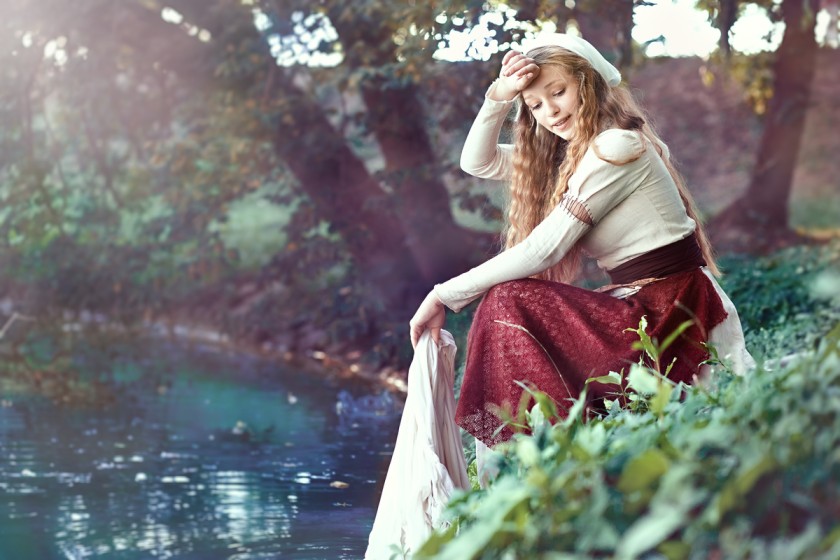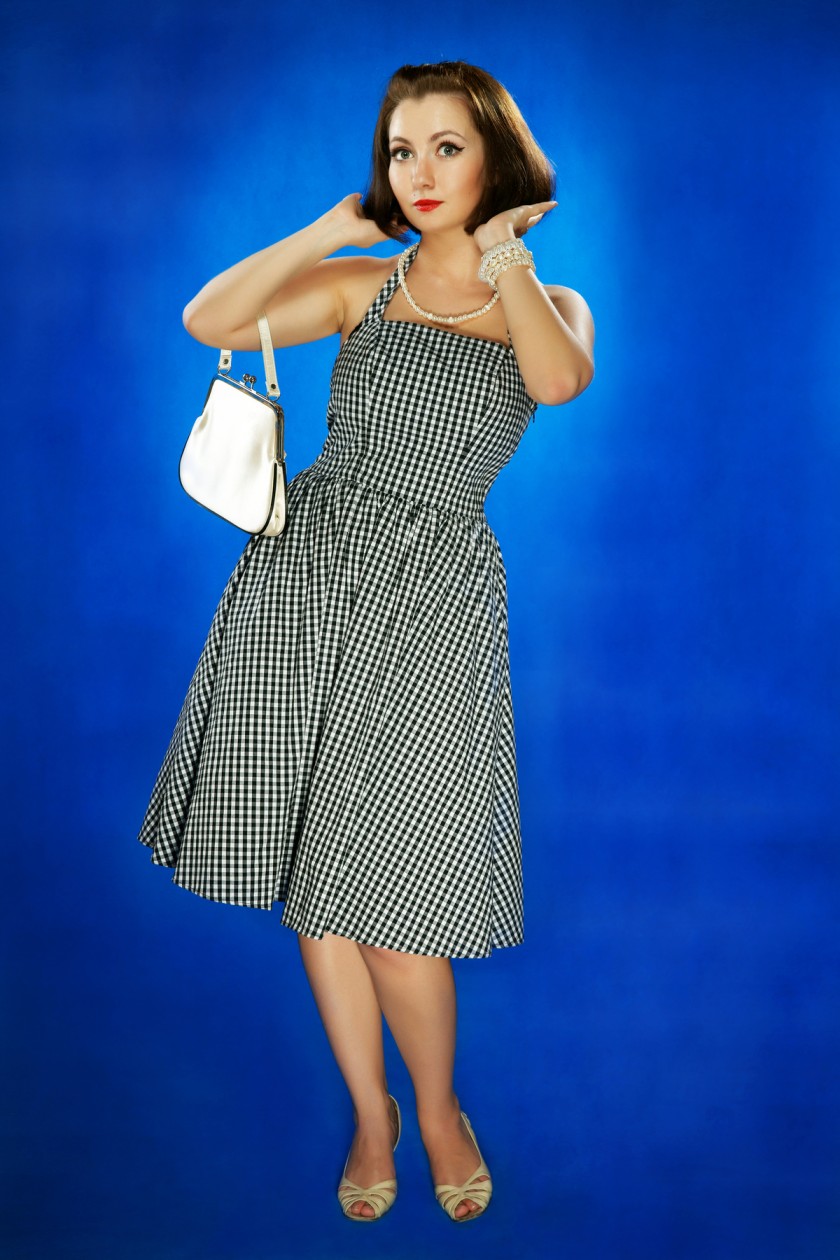The world of fashion is a tapestry woven from history, culture, and innovation. While trends come and go, many elements from past eras, particularly the 19th century, continue to resonate in modern styles. Understanding these influences helps us appreciate not only how far fashion has evolved but also how certain trends have remained relevant today.
In the 19th century, certain fashion trends defined the era. Women’s fashion in particular was characterized by intricate designs and elaborate materials. The introduction of crinolines—large petticoats meant to support wide skirts—transformed how women’s silhouettes were perceived. This trend laid the groundwork for future styles that embraced volume and structure, which can still be seen in couture dresses today.

Image: Source fashinza.com
The bustle, introduced by Charles Frederick Worth in the late 1800s, was another pivotal development. It accentuated the back of women’s dresses, creating a fashionable silhouette that highlighted the waist. This trend paved the way for later designs to experiment with shapes and forms, allowing for a more dramatic and expressive take on femininity in both the 19th century and modern fashion.
Men’s fashion during the 19th century also showcased important trends. Tailcoats, waistcoats, and cravats characterized the male silhouette, indicating one’s social status and role in society. The association of clothing with propriety and social expectation is a theme that continues to persist. Today, while men’s styles have certainly evolved, the suit remains a staple in formal environments, paying homage to the structured attire of the past.

Image: Source fashinza.com
As fashion moved into the 20th century, elements from the 19th century persisted. The early 1900s saw a shift to tighter blouses and shorter hemlines, transitioning from the restrictive fashion of the Victorian era. However, even this evolution reflected influences from previous decades, as the corset remained a popular garment. The dichotomy between comfortable and fashionable clothing would continue to evolve, leading us to today’s casual trends.
The flapper style of the 1920s, with its dropped waistlines and adornments, was inspired by the freedoms that women fought for throughout the 19th century, showcasing how social movements intertwined with fashion. Similarly, the practicality that emerged during the wars of the 20th century, with women entering the workforce, can be traced back to earlier shifts in how women viewed their clothing choices.
The 1980s and 1990s brought a resurgence of maximalist trends, reminiscent of the exuberance found in 19th-century styles. Bright colors, bold patterns, and experimental silhouettes reflected a similar spirit of individuality and rebellion that marked earlier eras. What’s fascinating is how society’s changes often dictate fashion, as seen in our present through the relaxation of rules around formal and casual wear.

Image: Source fashinza.com
In the 21st century, fashion is again at a crossroads. Designers draw inspiration from historical trends, blending them with modern sensibilities. Fast fashion has transformed how styles spread, often reviving elements from the past. The oversized silhouettes reminiscent of the 80s and 90s have made a notable comeback, and even the formal wear of yesteryears is reinterpreted in smart casual settings.
Through this lens, the 19th-century fashion landscape reveals not merely historical trends but a continuous dialogue between past and present. As we embrace individuality in our styles while being influenced by history, it becomes clear that certain elements from the 19th century remain not only relevant but also integral to today’s fashion narrative. This ongoing evolution ensures that the legacy of 19th-century fashion will continue to resonate for generations to come.
In conclusion, acknowledging these historical trends enriches our understanding of contemporary fashion. The intricate dance of societal changes, individual expression, and evolving aesthetics maintains the relevance of 19th-century styles today. From the structured garments to the casualizations of formal wear, the past remains fervently alive in each stitch.